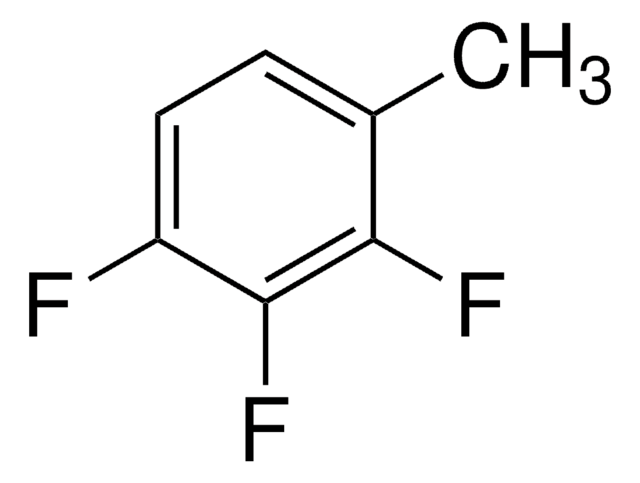342440
Cobalt(II) hydroxide
technical grade, 95%
Synonim(y):
Cobalt dihydroxide, Cobalt(2+) hydroxide, Cobaltous hydroxide
About This Item
Polecane produkty
klasa czystości
technical grade
Poziom jakości
Próba
95%
Postać
powder
gęstość
3.597 g/mL at 25 °C (lit.)
Zastosowanie
battery manufacturing
ciąg SMILES
O[Co]O
InChI
1S/Co.2H2O/h;2*1H2/q+2;;/p-2
Klucz InChI
ASKVAEGIVYSGNY-UHFFFAOYSA-L
Powiązane kategorie
Opis ogólny
Zastosowanie
- As an additive in Ni-based rechargeable alkaline batteries, including Ni-Cd and Ni-MH batteries, to improve their electrochemical performance.
- To synthesize reduced graphene oxide/cobalt hydroxide (rGO/Co(OH)2) composite material, which exhibits enhanced electrochemical performance for supercapacitor applications.
- As a electrode material for high-performance supercapacitors. It exhibits high specific capacitance and long cycling stability, making it a promising electrode material for supercapacitors.
Hasło ostrzegawcze
Danger
Zwroty wskazujące rodzaj zagrożenia
Zwroty wskazujące środki ostrożności
Klasyfikacja zagrożeń
Acute Tox. 1 Inhalation - Acute Tox. 4 Oral - Aquatic Acute 1 - Aquatic Chronic 2 - Carc. 1B - Eye Irrit. 2 - Repr. 1B - Resp. Sens. 1B - Skin Sens. 1
Kod klasy składowania
6.1B - Non-combustible acute toxic Cat. 1 and 2 / very toxic hazardous materials
Klasa zagrożenia wodnego (WGK)
WGK 3
Temperatura zapłonu (°F)
Not applicable
Temperatura zapłonu (°C)
Not applicable
Środki ochrony indywidualnej
dust mask type N95 (US), Eyeshields, Gloves
Certyfikaty analizy (CoA)
Poszukaj Certyfikaty analizy (CoA), wpisując numer partii/serii produktów. Numery serii i partii można znaleźć na etykiecie produktu po słowach „seria” lub „partia”.
Masz już ten produkt?
Dokumenty związane z niedawno zakupionymi produktami zostały zamieszczone w Bibliotece dokumentów.
Klienci oglądali również te produkty
Produkty
Lithium-ion batteries' characteristics make them popular for electricity storage due to portability, rechargeability, and low cost.
The prevailing strategies for heat and electric-power production that rely on fossil and fission fuels are having a negative impact on the environment and on our living conditions.
Plasmonic nanoparticles have unique optical properties that can be tailored to suit a variety of applications in the biotechnology1–8 and electronics9–16 industries.
Nanocząstki plazmoniczne mają unikalne właściwości optyczne, które można dostosować do różnych zastosowań w przemyśle biotechnologicznym1-8 i elektronicznym9-16.
Nasz zespół naukowców ma doświadczenie we wszystkich obszarach badań, w tym w naukach przyrodniczych, materiałoznawstwie, syntezie chemicznej, chromatografii, analityce i wielu innych dziedzinach.
Skontaktuj się z zespołem ds. pomocy technicznej














